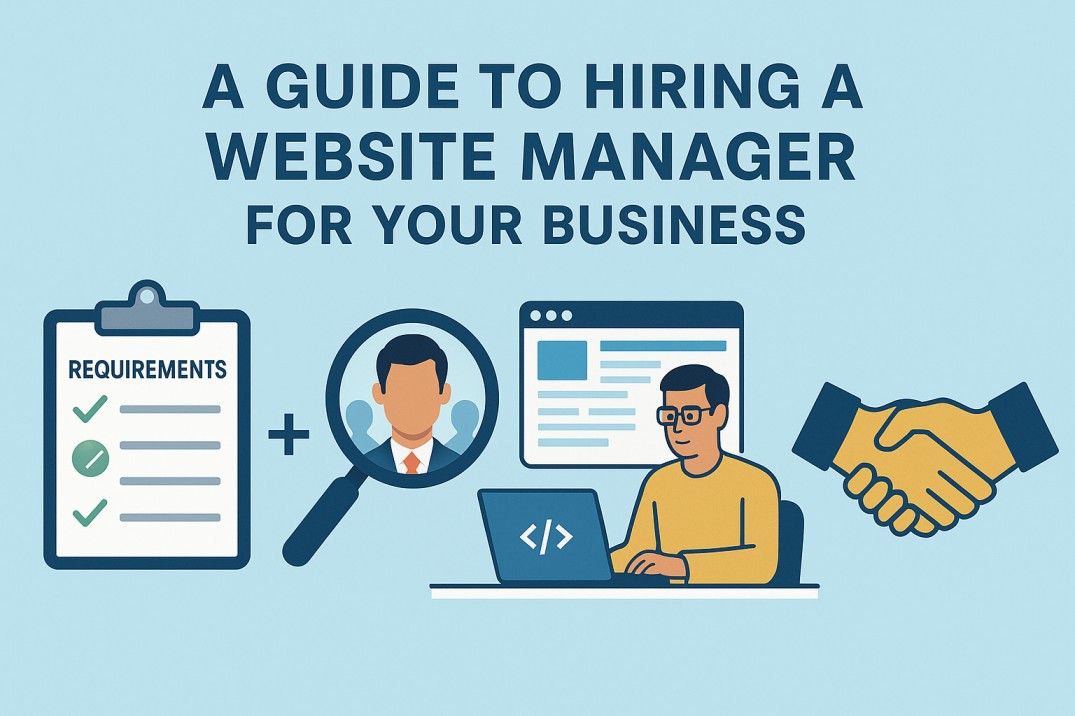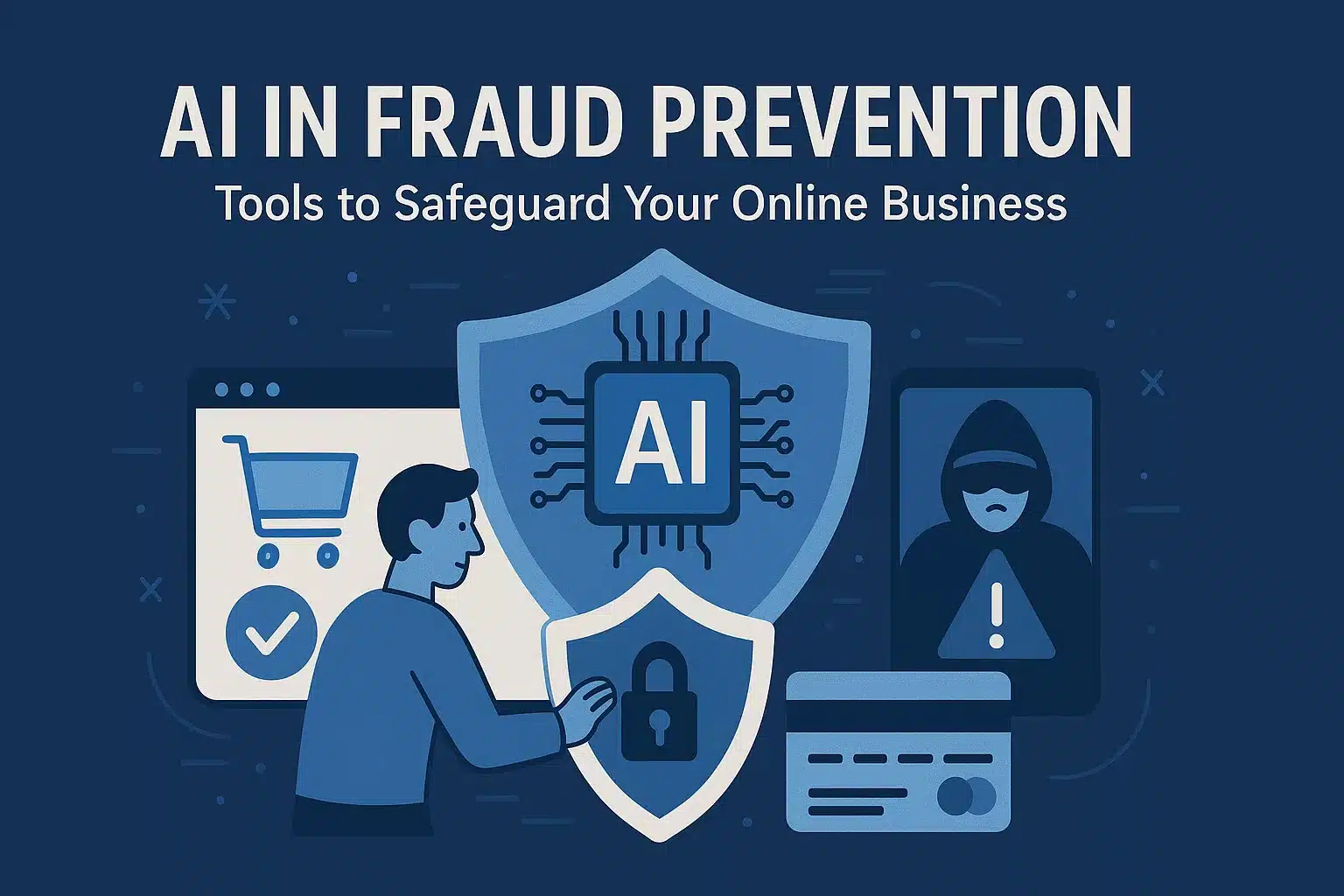Employee Harassment Training: Top 10 Tips For Developing A Sexual Harassment Training Program That Works
Sexual harassment in the workplace is internationally condemned and seen as a violation of human rights. It lowers workplace productivity and increases absenteeism and staff turnover. Despite this, it remained underreported and pervasive for many years until the #MeToo movement sparked national awareness of sexual harassment in the workplace.
Initially founded in 2006, the #MeToo movement became well-known in 2017 when certain high-profile actresses came forward about their experiences with sexual harassment in the film industry. The #MeToo movement provides empowerment by showing the world that sexual harassment in the workplace is common and lets survivors know they are supported.
The prevention of sexual harassment in the workplace is also supported by The Society for Human Resource Management (SHIRM). Their primary goal is to create better workplaces where employers and employees thrive together.
Subsequently, more cities and states are mandating sexual harassment training for employees – not just managers.
So, where do you start when you create a sexual harassment training program for your company, and how do you ensure it is effective?
Save Thousands Of Dollars With Coggno Prime Subscription
10 Essential Tips for Sexual Harassment Training Program
- Get management approval for sexual harassment training.
- Provide workplace sexual harassment training workshops for your managers and supervisors.
- Define your sexual harassment in the workplace training goals.
- Focus on more than just legal compliance and don’t only discuss the obvious
- Develop a sexual harassment policy booklet
- Customize employee harassment training to match your workplace
- Decide on the format of your training and buy the courseware
- Define the scope and focus of your training
- Decide if you are going to go in-house or outsource your training
- Determine the length and frequency of your training sessions
Sexual harassment is never acceptable. It’s important to create a workplace where everyone feels safe and respected. That’s where the sexual harassment training program comes in.
1. Get management approval for sexual harassment training
It is vital to get the leadership team’s support to implement effective sexual harassment training in the workplace policy. After all, management has to provide the funding and motivate their employees to participate in the program.
You might find yourself running into some resistance unless management can see value in this initiative. Some objections you may encounter are:
There’s no budget for this.
Our company doesn’t have a sexual harassment problem.
We’re too busy, too big, or too small.
These objections can be countered by mentioning that the #MeToo movement has brought a lot of visibility to sexual harassment issues in the workplace. Also, governments and states are getting more involved in implementing sexual harassment training programs in the workplace, which leads us to the next point:
Preventing And Addressing Sexual Harassment For Employees (Course)
2. Provide workplace sexual harassment training workshops for your managers and supervisors
Your managers and supervisors should receive sexual harassment training workshops separately and before you present them to the rest of the employees. Management should be aware they are responsible for preventing sexual harassment in the workplace and implementing effective sexual harassment training programs.
Make it clear to them what the consequences can be if the company is non-compliant and the penalties that apply.
Sexual Harassment Training Workshops for your Managers and Supervisors
3. Define your sexual harassment training goals.
Before you begin, determine what you want to accomplish with your sexual harassment training.
Here’s a list of goals to help you:
- There should be high standards for personal conduct in the company.
- The organization must be compliant with local or state laws.
- Staff must be familiar with the definition of sexual harassment and the behaviors that go with it.
- Employees should know what to do and who to report to if they are a target of sexual harassment or witness an incident without fear of retaliation.
- Everybody should know the consequences if the sexual harassment policy is violated.
- In the event of criminal charges, the company must have a legal defense.
Leadership Essentials Training Pathway (Course)
4. Focus on more than just legal compliance and don’t only discuss the obvious
Most workers already know what obvious behaviors are unacceptable, like groping, unwelcome hugging or kissing, or requests for sexual favors or dates. It is, however, important to discuss “grey areas,” as well, meaning behaviors that might seem unintentional, harmless, or “innocent.”
Would it be seen as sexual harassment if someone stood “uncomfortably” close to you or told an inappropriate joke? Is it wrong if you compliment a female colleague on the dress she is wearing?
Describe all inappropriate and unacceptable behaviors in detail and make the staff aware of the consequences. They should know that sexual harassment can lead to criminal charges and civil lawsuits and is punishable by employment termination.
Enroll Now:
- Employment Screening & Safety Orientation
- Avoiding Wrongful Termination (Course)
- Employment Discrimination: Maintaining A Fair Workplace (US Edition) (Course)
5. Develop a sexual harassment policy booklet
Create a sexual harassment policy booklet, which each employee must read and sign-off, confirming that they understand the booklet’s information. All new hires should also be introduced to the booklet.
6. Customize workplace sexual harassment training to match your need
Your employee sexual harassment training course must be consistent with your company’s practices and policies and align with its mission and values. If your employees get the impression you are merely doing this to comply with the minimum legal requirements, staff may not be motivated.
Sexual Harassment In The Workplace V2.6 Course
7. Decide on the format of your training and buy the courseware
Training on harassment in the workplace must be relevant, engaging, interactive, and practical. It’s up to you to decide whether it will be online or live training – the most important thing is to deliver quality training.
Take the step and purchase the courseware you need for your training program. If you are part of a very large organization with thousands of employees, it may be viable to create your own courseware, but if not, it doesn’t make sense to build it yourself. There are loads of excellent options on the market that are cost-effective, well-researched and well-designed.
California Sexual Harassment Prevention Training For Employees (Course)
8. Define the scope and focus of your training
Consider a broader scope of training if you want it to impact your team and workplace positively. Instead of focusing solely on sexual harassment, you can, for example, bring the aspect of respect into your training.
Teach your employees that teasing people about religious practices or derogatory comments about ethnic groups can also be a major problem. This will make your training sessions more positive, ensuring more effective learning. It might be more time-consuming, but the end result may be well worth it.
California Sexual Harassment Training For Managers And Supervisors 3.0 Course
9. Decide if you are going to go in-house or outsource your training
The decision you have to make is, do you and your team want to handle this problem internally, or are you going to outsource it?
If you decide to do the training yourself, you might save money because external trainers are more expensive. On the other hand, if you and your staff are tied down with creating courses and training sessions, there may be crucial high-value work being left undone.
California Sexual Harassment Prevention Training For Supervisors (Course)
10. Determine the length and frequency of your training sessions
Although sexual harassment training is not required by Federal law, your legal advisors will highly recommend it. Certain local governments and states also stipulate minimum lengths and frequency of sexual harassment training sessions.
To ensure your training is effective and compliant, you should plan sessions of at least one hour for all employees. Supervisors and managers will probably need 90 to 120 minutes to understand their responsibilities fully. It is good practice to repeat the training annually.
Maximize Training, Minimize Costs With Coggno Prime
FAQs On Sexual Harassment Training
Q. Who needs to take the sexual harassment training program?
In many jurisdictions, all employees (including part-time, temporary, and interns) are required to participate in sexual harassment training programs annually. Check with your employer or local regulations for specifics.
Q. Why is sexual harassment training important for employees?
A: Sexual harassment training is crucial because it helps create a safe and respectful work environment. It educates employees on recognizing, preventing, and responding to inappropriate behaviors, ensuring compliance with legal requirements, and promoting a culture of respect.
Q: Is a sexual harassment training course mandatory for all employees?
A: The requirement for a sexual harassment training course varies by jurisdiction and company policy. Some regions mandate training for all employees, while others may require it only for managers and supervisors.
Q: How often should employees complete a sexual harassment training course?
A: Employees are required to complete a sexual harassment training course annually or biennially, depending on local regulations and company policies, to ensure ongoing awareness and compliance.
Q: What are the benefits of completing a sexual harassment training course?
A: Completing a sexual harassment training course helps create a safer and more respectful work environment, reduces the risk of harassment incidents, ensures legal compliance, and can improve employee morale and productivity.
Q: What topics are covered in sexual harassment training for employees?
A: The training covers defining sexual harassment, understanding the impact on victims and the workplace, recognizing inappropriate behavior, reporting mechanisms, and the responsibilities of both employees and employers in preventing and addressing harassment.
Q: What is the goal of a sexual harassment training program?
A: The goal of a sexual harassment training program is to educate employees about what constitutes harassment, how to prevent it, how to report incidents, and to foster a respectful and safe workplace culture.
Q: Who should attend a sexual harassment training program?
A: A sexual harassment training program should be attended by all employees, including managers, supervisors, and executives, to ensure everyone understands their roles and responsibilities in preventing and addressing harassment
Q: How often should employee harassment training be conducted?
A: It is recommended that employee harassment training be conducted annually. Additionally, it should be provided to new hires and whenever there are significant changes in harassment laws or company policies.
Q: What should employees do if they witness harassment at work?
A: Employees should report the incident to a supervisor, HR, or through any established reporting mechanism in their company. It’s important to document the incident’s details and support the affected individual, if appropriate.
Q: What is the goal of sexual harassment in the workplace training?
A: The goal is to educate employees about what constitutes sexual harassment, how to prevent it, and the procedures for reporting incidents. This training aims to foster a safe, inclusive, and respectful work environment.
Q: Are managers required to undergo different training than employees?
A: Yes, managers often receive additional training focused on their responsibilities in handling complaints, conducting investigations, and ensuring compliance with workplace policies and laws.
Q: What are the legal requirements for workplace sexual harassment training?
A: Legal requirements for workplace sexual harassment training vary by jurisdiction, but many regions mandate regular training for all employees, with specific guidelines on the content and frequency of the training.
Q: How can workplace sexual harassment training improve company culture?
A: It can improve company culture by promoting awareness, encouraging respectful behavior, reducing incidents of harassment, and demonstrating the company’s commitment to a safe and inclusive work environment.
Q: What is included in training on harassment in the workplace?
A: This training includes information on different types of harassment (sexual, verbal, physical), recognizing signs of harassment, legal implications, reporting procedures, and strategies for prevention and response.
Q: Who should attend training on harassment in the workplace?
A: All employees, including managers and supervisors, should attend this training to ensure a comprehensive understanding of their roles in preventing and addressing harassment.
Q: What are the benefits of harassment training in the workplace?
A: Benefits include a reduction in incidents of harassment, improved employee morale, protection against legal claims, and fostering a respectful and inclusive work environment.
Q: What are the key components of an effective sexual harassment training program?
A: Key components include clear definitions and examples of harassment, legal guidelines, reporting procedures, consequences of misconduct, bystander intervention strategies, and regular updates to the program.
Q: How can the effectiveness of a sexual harassment training program be measured?
A: Effectiveness can be measured through employee feedback, reduced number of harassment complaints, improved workplace survey results, and regular assessments of employee understanding and behavior.
Q: What should employees expect to learn from sexual harassment training?
A: Employees should expect to learn how to identify and report sexual harassment, understand their rights and responsibilities, recognize the impact of harassment on individuals and the workplace, and contribute to a positive work environment.
Q: How can companies ensure that employee sexual harassment training is engaging and effective?
A: Companies can use interactive elements such as role-playing, case studies, and group discussions. Regularly updating the training content to reflect current laws and real-world scenarios can also enhance engagement and effectiveness.
Q: Why is sexual harassment training for employees important?
A: Sexual harassment training for employees is important to create a safe and respectful work environment, reduce the risk of harassment incidents, ensure compliance with laws, and promote a culture of accountability and respect.
Q: Are there specific laws that mandate sexual harassment training for employees?
A: Yes, several states and countries have laws mandating sexual harassment training for employees. For instance, California, New York, and Illinois in the U.S. have specific requirements for workplace sexual harassment training programs.
Q. What if I’ve already taken a sexual harassment training program at another company?
Some employers may accept proof of completion from previous sexual harassment training programs if it meets their specific requirements. It’s always best to check with your HR department for their policy.
What happens if I witness or experience sexual harassment?
Sexual harassment training programs will equip you with the knowledge of how to report harassment. This typically involves informing a supervisor or HR representative or using a designated anonymous reporting system.
Bottom Line
Ongoing and interactive training is mandatory for it to be effective and to prevent and address sexual harassment in the workplace. Creating a practical and effective sexual harassment training course for your company will ensure your employees are up to date with the latest changes in policies and procedures and that sexual harassment is top of mind throughout the year.
Coggno has a wide range of online sexual harassment training courses.
You can have a look at our free courses like this one here and our course catalog here.




















